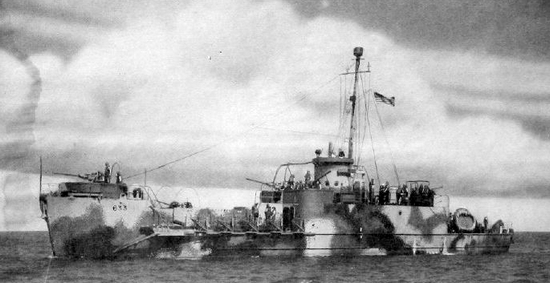Frank Baumholtz
Ballplayers Decorated in Combat
| Date and Place of Birth: | October 7, 1918 Midvale, OH |
| Date and Place of Death: | December 14, 1997 Winter Springs, FL |
| Baseball Experience: | Major League |
| Position: | Outfield |
| Rank: | Lieutenant |
| Military Unit: | US Navy |
| Area Served: | Atlantic and Pacific Theater of Operations |
Frank C. Baumholtz was born on October 7, 1918 in Midvale, Ohio. He was
a standout athlete at Midvale High School, and gained fame at Ohio
University as an All-American basketball player, but signed with the
Cincinnati Reds in 1941. In his only pre-war season, he played 19 games
for the Riverside Reds of the Class C California League, before the team
folded, and joined the Ogden Reds of the Class C Pioneer League, where
he played 74 games and batted .283.
On October 8, 1941, Baumholtz enlisted in the Navy, with a view to
completing his one year's service and returning to baseball as soon as
possible. However, two months after enlisting, the United States was at
war and Baumholtz would serve for the duration.
In the spring of 1942, he was at Great Lakes Naval Training Station,
Illinois, where he played baseball for Mickey Cochrane. “He
[Cochrane]said he'd make a big leaguer out of me," said Baumholtz. He
was commissioned an ensign on July 2, 1942, and left Great Lakes for the
Armed Guard School at Naval Station Treasure Island in San Francisco.
Ensign Baumholtz spent much of late 1942 through early 1944, in charge
of a gun crew on merchant ships making convoy runs across the Atlantic.
In January 1944, Baumholtz was sent to the Submarine Chaser Training
Center in Miami, Florida, and then trained with the amphibious forces.
As a lieutenant, he was put in charge of USS LCI(L)-633 - a seagoing
amphibious assault ship - whichserved in the Pacific Theater, providing
support for the landings at Iwo Jima and Okinawa. The 633 took a hit
from Japanese artillery at Iwo Jima, causing damage to the stern but no
casualties. He was also just 1,500 yards from the USS Birmingham, when a
kamikaze hit the cruiser on May 4, 1945, killing 47 crew members.
Baumholtz was given command of LCI Group 61 at the end of the war, and
was discharged from service with a Bronze Star in December 1945.
Baumholtz played professional basketball with the Youngstown Bears of
the National Basketball League during the winter of 1945/46, and was
back playing baseball in the spring of 1947, playing for Columbia, the
Reds' affiliate in the Class A South Atlantic League. He batted .343 in
119 games, leading the league with 43 doubles. During the winter of
1946/47, he played professional basketball for the Cleveland Rebels of
the Basketball Association of America, but still wanted a shot at major
league baseball. “I want to give baseball one more chance," he said in
February 1947. "It’s no use batting around the minors. With the years
lost by the war I don’t want a career of minor league ball now."
The 28-year-old got his opportunity in 1947. He spent the entire season
with the Reds and played 151 games, batting .283 and leafing the league
with 711 plate appearances. In 1948, he played 128 games with
Cincinnati, and was traded to the Chicago Cubs in June 1949. He spent
1950 with the Pacific Coast League's Los Angeles Angels, but after
batting .379. he was back with the Cubs and remained with the team
through 1955. Purchased by the Phillies for 1956, he played 76 games and
batted .270, but was released in June of the following year.
After baseball, Frank Baumholtz worked for the John Morrell Meat
Company, and then Marquardt Brothers Inc. He died of complications from
colon and liver cancer, aged 79, on December 14, 1997, at a nursing home
in Winter Springs, Florida.

The amphibious assault ship commanded by Lt. Frank Baumholtz
Date Added January 26, 2018
Can you add more information to this biography and help make it the best online resource for this player? Contact us by email
Read Baseball's Greatest Sacrifice Through The Years - an online year-by-year account of military related deaths of ballplayers
Baseball's Greatest Sacrifice is associated with Baseball Almanac
Baseball's Greatest Sacrifice is proud to be sponsored by


